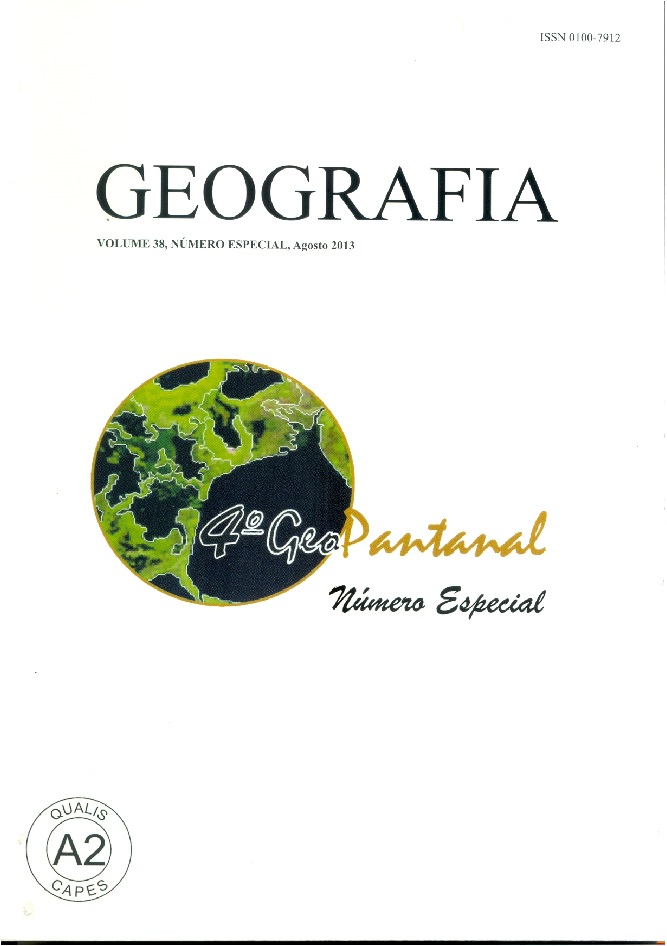EVALUATION OF REDUCTION OF PANTANAL WETLANDS IN 2012
Abstract
The Pantanal wetland is liable to inter and intra-annual variations in flood pulses that can lead to socio-economic and environmental consequences, hence improved monitoring of this variability can provide opportunities for prediction of and adaptation to its impacts. Satellite images from TRMM and Terra/Aqua (MODIS sensor) allow the monitoring of rainfall and wetland inundation, respectively. The year 2012 showed the greatest reduction in the Pantanal flooded area since 2000. Compared to the average flooded area in the period 2000 . 2011, there was a reduction of 75% of the flooded area in 2012. The reduced inundation in 2012 was largely due to the decrease of the accumulated rainfall in the rainy season. TRMM data showed a reduction of 19% of the cumulative rainfall in the rainy season of 2012, since 81% of incident precipitations in Pantanal occur in this season, therefore these features led to the lowest rainfall rate since 2000. Among all years, the rainfall in the rainy season explained 53% of the flood pulse variability in the area. The delay or decrease in the rate of rainfall after the dry season is essential in the definition of the increase or decrease in the Pantanal wetland in the subsequent year and this monitoring may provide warning signs to predict extreme events in the flood pulse, since there is a considerable time lag between rainfall and inundation in many areas of the regionDownloads
Published
Issue
Section
License
The authors maintain the copyright and grant GEOGRAFIA the right of first publication, with the articles simultaneously licensed under the Creative Commons BY 4.0 License, which allows sharing and adapting the articles for any purpose, as long as appropriate credits and provisions of image rights, privacy or moral rights. Other legal attributions can be accessed at: https://creativecommons.org/licenses/by/4.0/legalcode.en.
Geography, Rio Claro, SP, Brazil - eISSN 1983-8700 is licensed under the Creative Commons BY 4.0 License.





